Microsoft Build 2017: the biggest highlights and all the news
Meet the Windows 10 Fall Creators Update, new Mixed Reality controllers and more
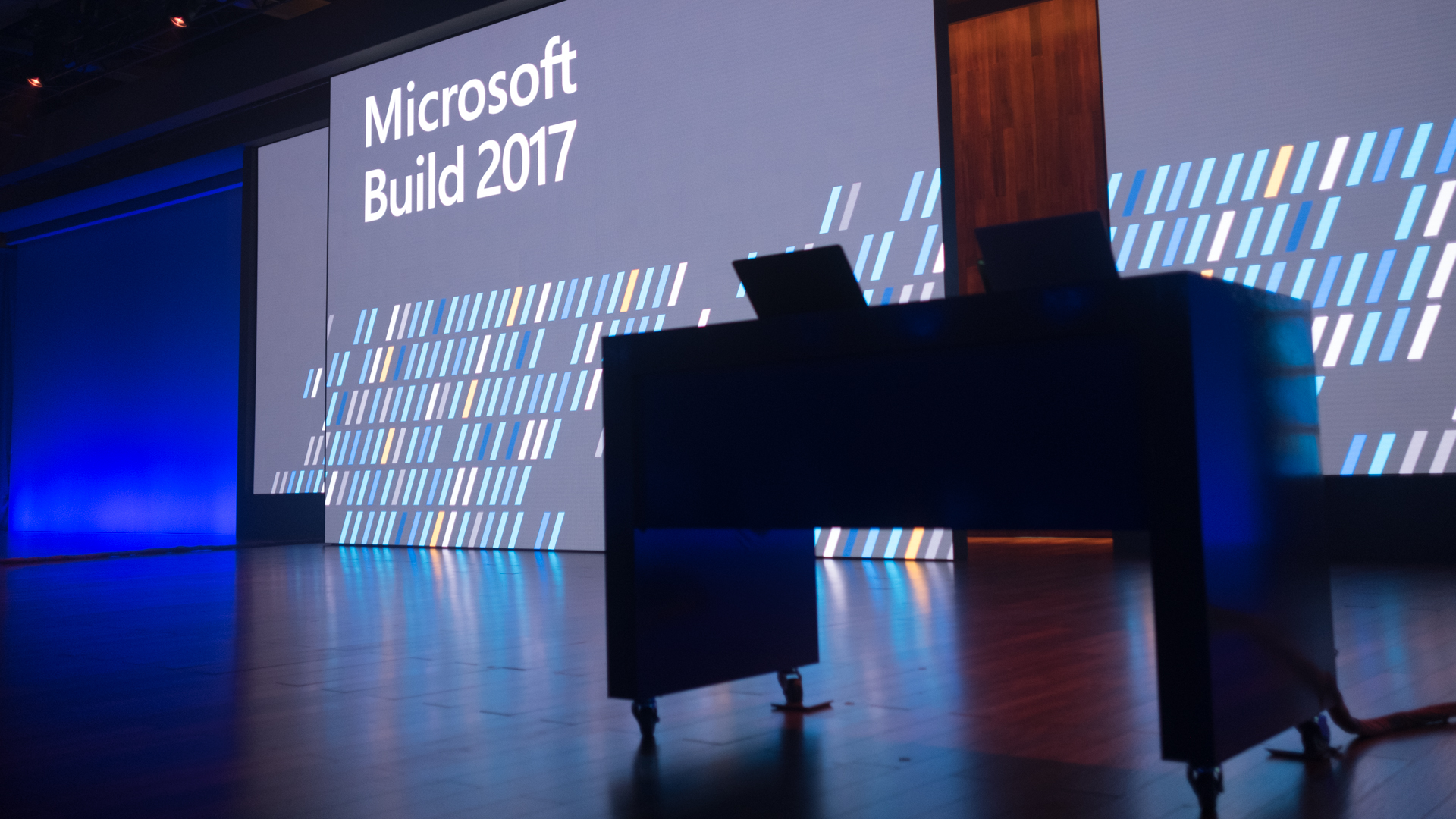
The second keynote of Build 2017 didn't disappoint when it came to big announcements, and there were even a few surprises that took everyone in attendance and watching by surprise.
Whether another update coming soon for Windows 10, new features, cross-platform collaborations, a Mixed Reality accessory and a whole new design language, Microsoft gave us plenty to digest as it put a bow on Build.
Read on for the biggest highlights of Day 2, and jump to the next page to catch up on everything that happened on Day 1.
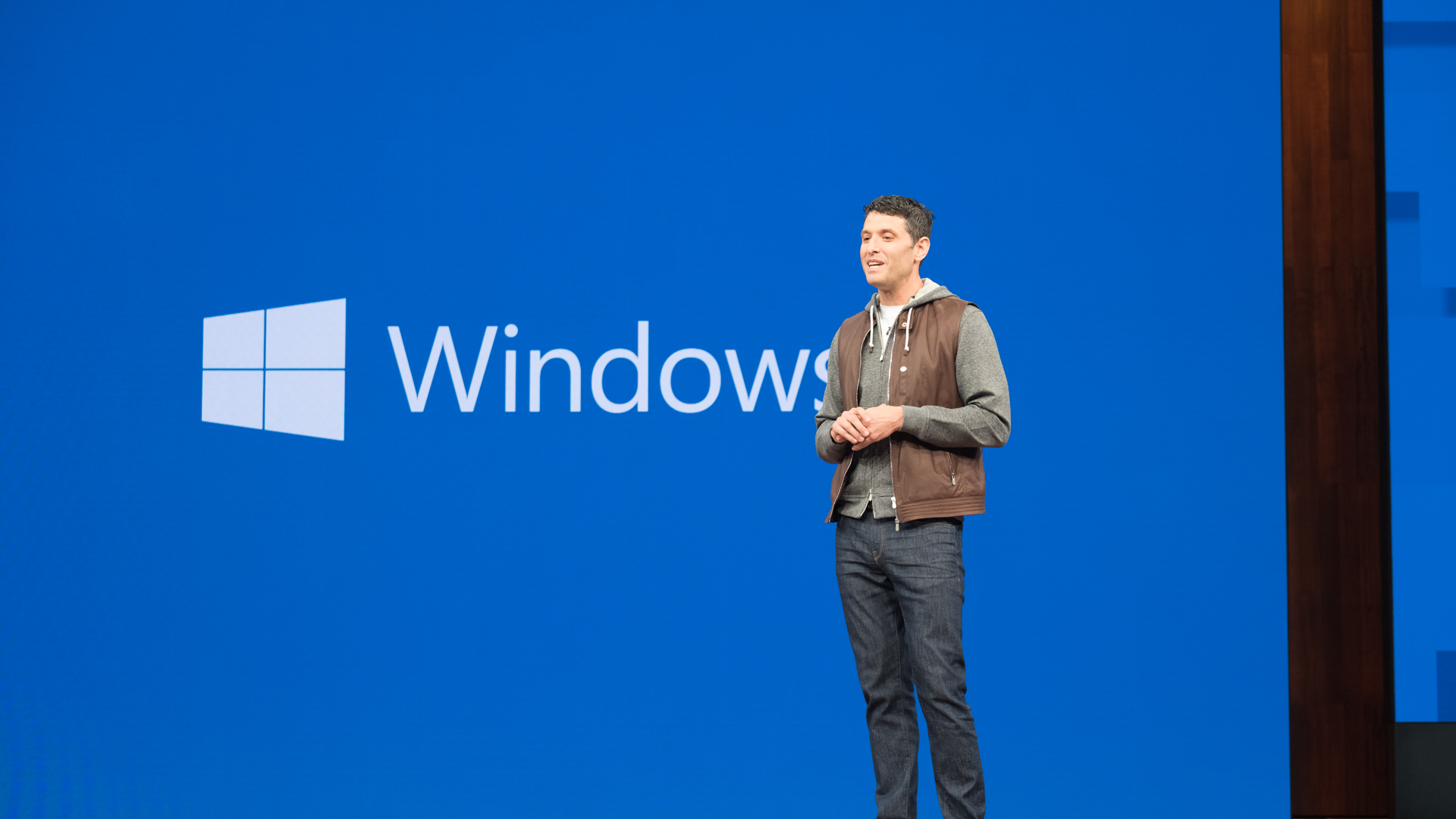
Windows 10 Fall Creators Update
Microsoft is releasing another update to its Windows 10 operating system later this year, and it's appropriately called the Fall Creators Update.
Within the update are several new features, some of which we'll dive into in just a little bit. Much of the update centers around a new design language, a unified and responsive experience for users, new applications, and letting users work quickly and seamlessly from any device, whether Windows, iOS and Android.
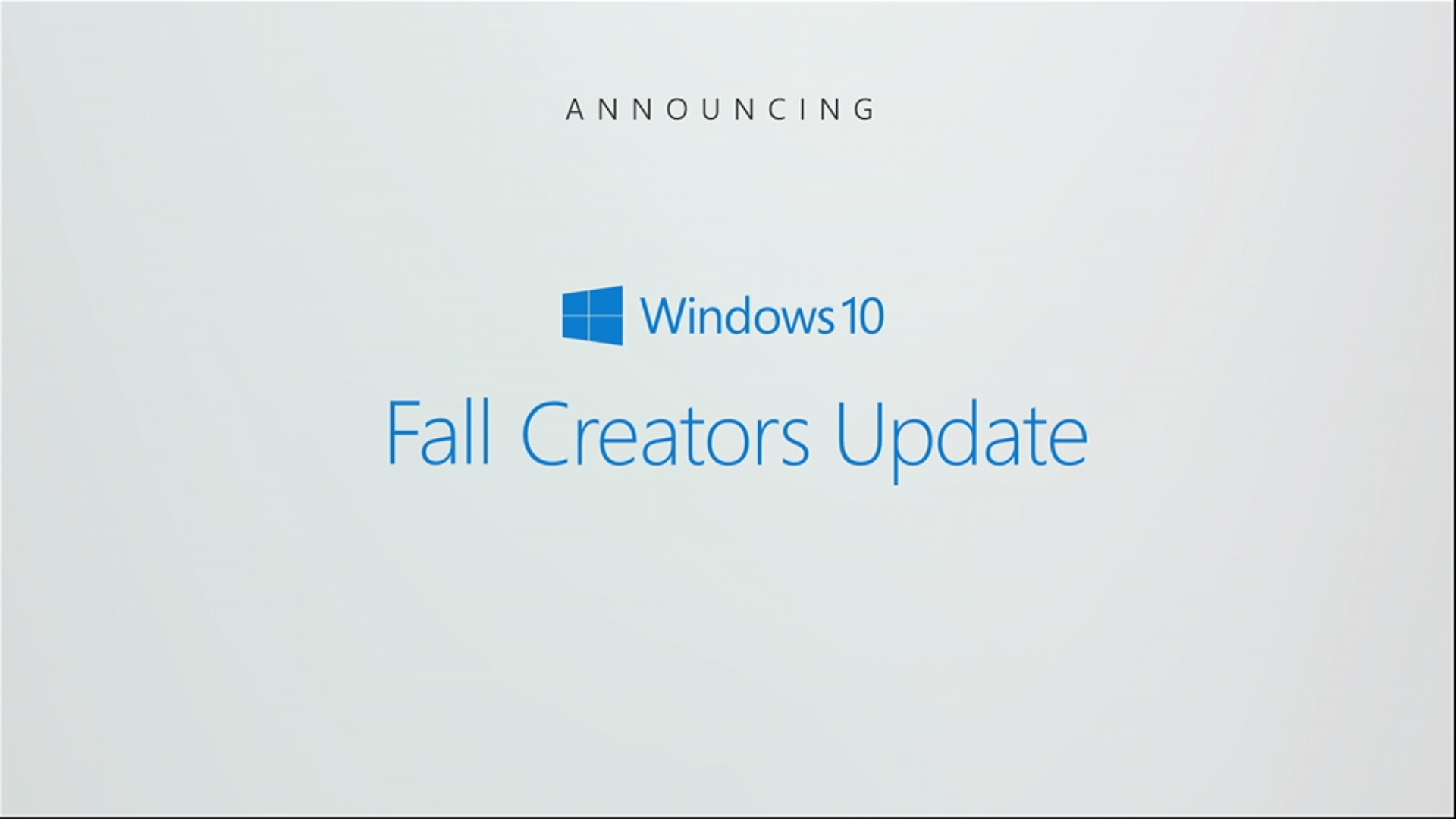
A big part of the Fall Creators Update is a new design language for developers, called the Fluent Design System. It will allow for responsive, unified apps, experiences and interactions within Windows 10. Developers can create "more expressive and engaging apps" with it, Microsoft says, and one of its most important features is that it creates a harmonious experience across devices and platforms.
In other words, no more using an app that looks and responds a certain way on one device only to find it's completely different on another device – a jarring experience, to say the least.
Sign up for breaking news, reviews, opinion, top tech deals, and more.
Fluent Design also aims to improve input diversity, letting users interact with their machines using touch, pen, voice, gestures and even eye control.
The simplest way to think of Fluent Design is that it will allow for harmonious and responsive cross-device experiences, which should be a boon for developers and users alike.
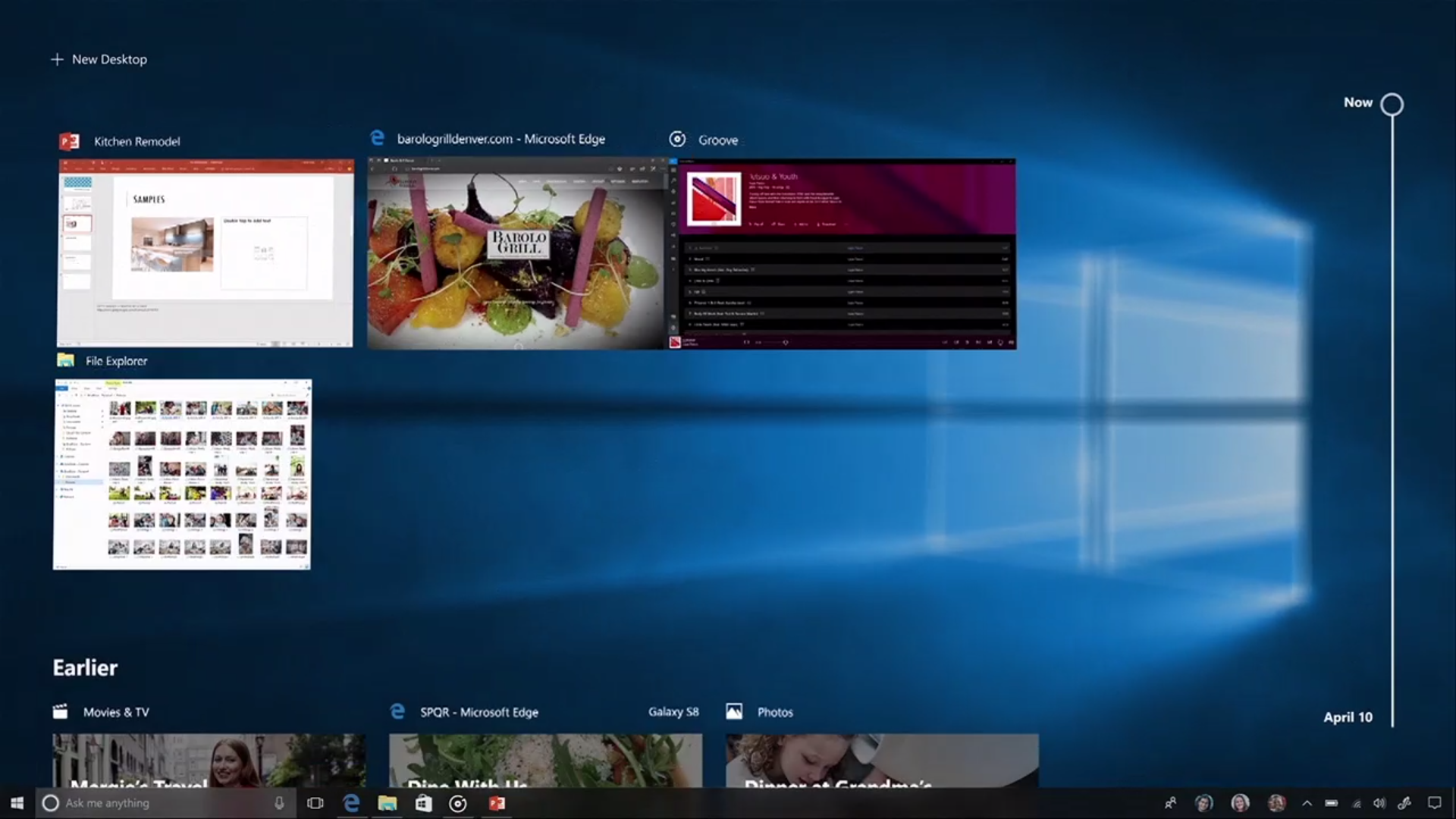
Fall Creators Update features and the Microsoft Graph
If you can't tell by a now, a major focus for Microsoft is improving the Windows experience not only across devices, but across platforms.
To that end, it introduced Microsoft Graph. Using the cloud to connect devices and experiences, Microsoft built the Graph API to allow for seamless moving between Windows, iOS and Android. Basically, Microsoft wants the competing platforms to play nicely with each other in addition to improving the experience on Windows machines.
Several new features, coming with the Fall Creators Update, are part of the Microsoft Graph picture. Here are the ones Microsoft highlighted today:
The new Timeline feature will let users retrace their steps to whatever they were doing last, such as recently accessed files, apps and websites they want to pull up again without starting from scratch. A visual timeline lets users see what they've done and select where they want to go. Think of it like macOS' Time Machine, but for hopping back to whatever was last on your desktop.
Along the same lines is the Pick Up Were You Left Off feature (Microsoft may want to shorten the name). With Cortana, users can move activities across Windows, iOS and Android devices, such as starting a doc on a Windows PC and picking it up on an Android phone.
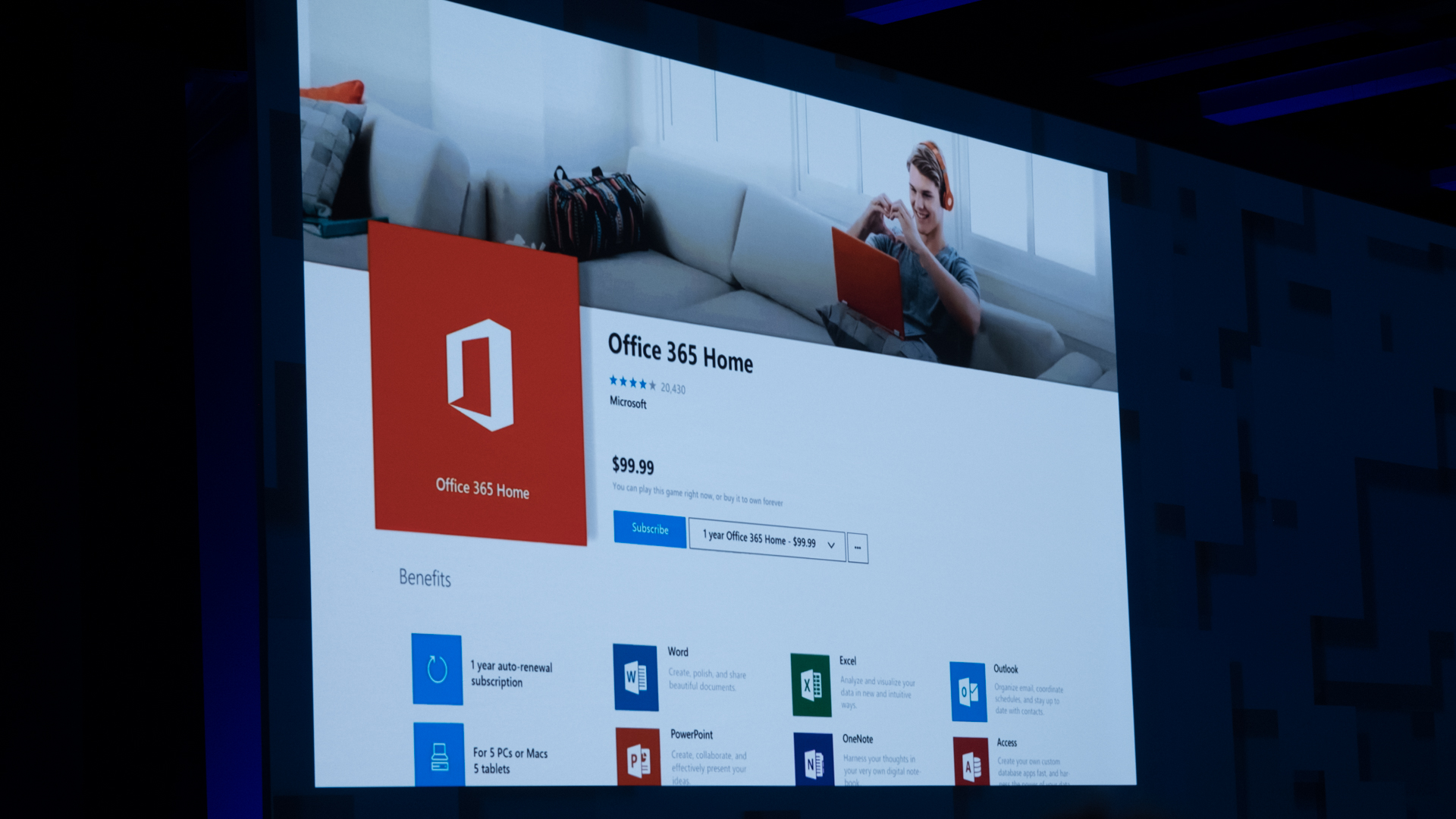
Clipboard elicited a buzz from the Build crowd when announced. It lets users copy text from one device and paste it onto a phone, no matter who that phone is made by. Microsoft gave the example of copying the name of a business you're researching from a PC and pasting it into Google Maps on a Samsung Galaxy S8, to give you an idea.
Last but not least is OneDrive Files on Demand, a feature that lets you access any file you have stored in the cloud without downloading it. This will be great for saving space on your devices as well as collaborative projects. All changes made in the cloud will appear the next time you pull up a file. OneDrive Files on Demand will head to preview versions of Windows 10 in early summer.

Windows Story Remix
Microsoft announced a brand-new app made for the Windows 10 Fall Creators Update, called Windows Story Remix.
This a creative app lets users edit their photos and videos, adding everything from filters to music to 3D augmented reality objects.
Story Remix can stitch together footage from different sources to create one video, and can intelligently identify people in an image or clip. The aim is to help users create shareable moments, tapping into the creative tools provided by Microsoft and others as well as AI and the Microsoft Graph.

iTunes is coming to the Windows Store
If you need to re-read that, we understand. No one in the Build crowd seemed to anticipate that iTunes is coming to Microsoft's digital marketplace, but as Terry Myerson revealed on stage, it's indeed true.
Apple's iTunes will arrive later this year, giving Windows users access to all it has to offer, including Apple Music.
While PC owners could already download iTunes from Apple directly, this marks the first time the service will be available right in the Windows Store.
This is a huge get for Microsoft's marketplace as it's notorious for having poor app selection. It's also a sign of Microsoft's embrace of competing platforms and services, a big change of course for the company.
Microsoft's Mixed Reality motion controllers
The one bit of new hardware Microsoft unveiled at Build are its own Mixed Reality motion controllers, designed for the suite of Windows Mixed Reality headsets on the way from various partners.
What really sets the controllers apart is that they don't require trackers positioned throughout a room, as you need with the Oculus Rift and HTC Vive controllers to create a sense of room scale.
Instead, Microsoft's controllers rely on sensors inside the Mixed Reality headsets to track motion and pick up commands, meaning not only is there no extra installation, but you don't have to pay for any sensors.

What's more, this could make the whole system more portable as you don't need sensors set up anyone's house in order to use them.
The best bit of news is how affordable the controllers appear to be: though we don't know how much they cost on their own, Acer's Mixed Reality headset is getting bundled with the controllers for just $399, going on sale this holiday. That's significantly cheaper than what you'll find from Oculus or HTC.
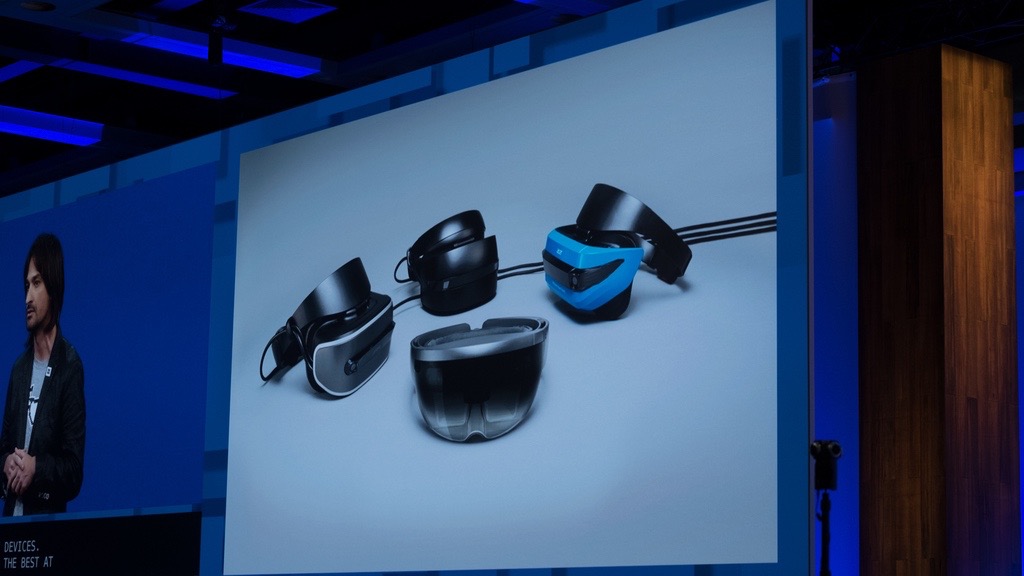
Developers can pre-order Windows Mixed Reality headsets starting today
Microsoft is certainly moving the mixed reality ball forward, and its hardware partners are right along side.
It was revealed today that the developers in the US and Canada can pre-order Acer and HP's Windows Mixed Reality Headset Developer Edition headsets starting today from the Microsoft Store, and the devices will be delivered later this summer. Acer's headset is priced at $299 while HP's design is $329.
Though a shame you can't buy these headsets yet, it does mean developers get a chance to start working on Mixed Reality applications and other content before the headsets become available to consumers. This is how Oculus Rift released, and it's a smart play by Microsoft.
Turn to Page 2 for all the Day 1 highlights!
Current page: The biggest announcements from Day 2
Next Page The biggst announcements from Day 1
Joe Osborne is the Senior Technology Editor at Insider Inc. His role is to leads the technology coverage team for the Business Insider Shopping team, facilitating expert reviews, comprehensive buying guides, snap deals news and more. Previously, Joe was TechRadar's US computing editor, leading reviews of everything from gaming PCs to internal components and accessories. In his spare time, Joe is a renowned Dungeons and Dragons dungeon master – and arguably the nicest man in tech.